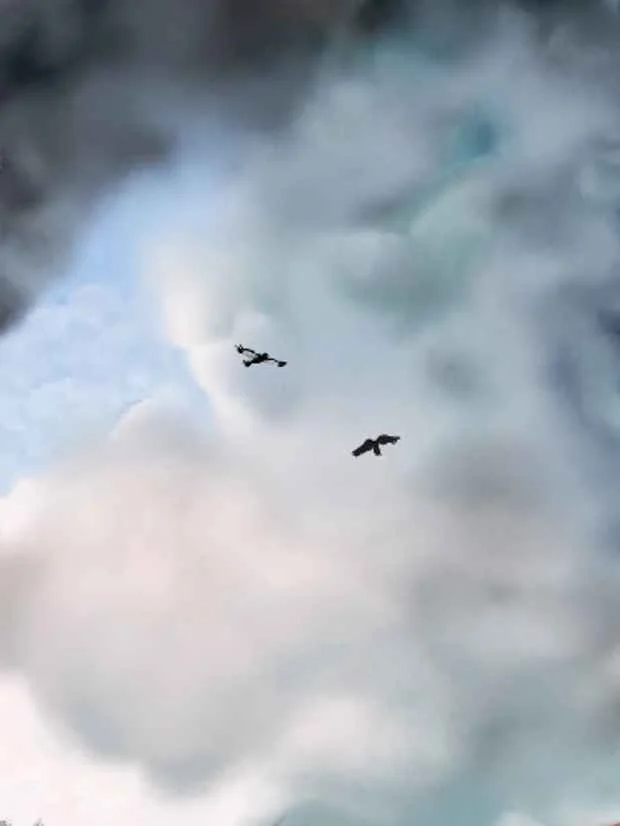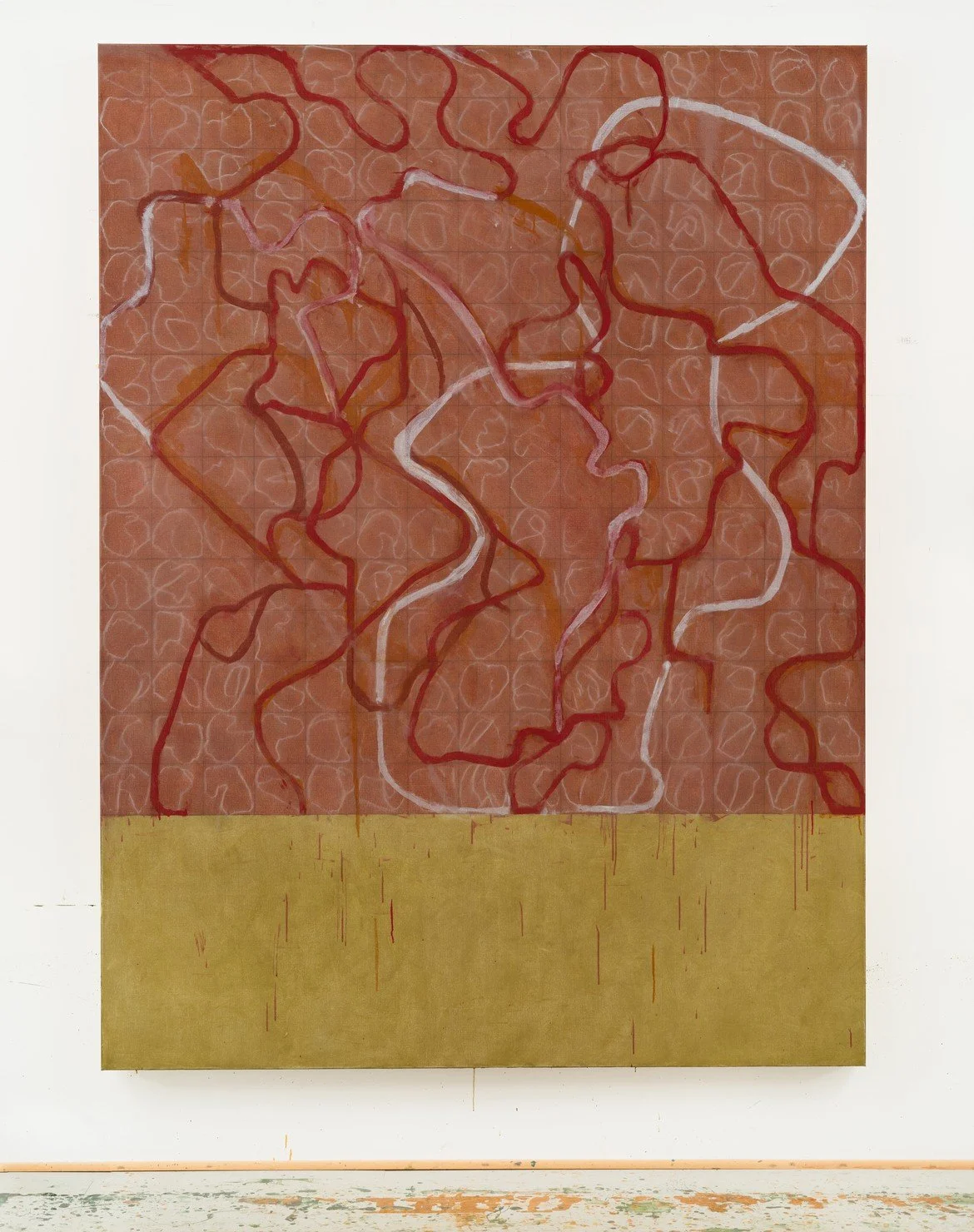Urs Fischer
"Sōtatsu"
Gagosian Gallery
New York, 980 Madison Avenue
In this work, which is installed in successive panels along the walls of a single room, Fischer explores the ways that space can be divided, stretched, opened, and closed—creating a panorama that is as continuous as it is fragmented. Inspired by the hand scrolls and painted screens of early seventeenth-century Japanese artist Tawaraya Sōtatsu, Fischer’s interior landscape uses negative space, light, and repetition to evoke time and movement. Sōtatsu, whose work Fischer has long admired, was a cofounder of the Rinpa school, which favored traditional Japanese subjects, such as gardens, cranes, the four seasons, and references to Heian-period poetry, while incorporating shimmering metallic backgrounds, bold colors, and images intersecting with calligraphic text.
Urs Fischer: Sōtatsu, installation view at Gagosian Madison Avenue, New York. Artworks © Urs Fischer. Photo by Rob McKeever
In a twenty-first-century echo of Sōtatsu’s aesthetic innovations, Fischer merges traditional art historical themes with new technologies. The painting is handmade on a digital substrate, then silkscreened onto aluminum panels. Instead of a direct translation from tablet screen to paper surface, Fischer’s process imbues the digital image with an analog tactility; in some places, his painterly gestures loosen, revealing patches of the shiny aluminum beneath. The image unfolds in succession, starting with a view of a room in Fischer’s home. Furniture, books, and artwork are illuminated by both natural and artificial light, and as the room continues to disintegrate, objects appear and dissolve across the nine large panels, concluding with an exterior view: two birds flying in a sky that is at once stormy and clear.
“Art is open—it can go on endlessly.
—Urs Fischer”
Freezing gesture through digital means, Fischer considers the changing implications of touch in an increasingly disembodied world, where images are created and repeated at the click of a button. Transforming his own gestures into temporal worlds of their own, he suggests that originality can still be carved out from within the exponentially growing realm of the digital image.
On view through June 23, 2018







